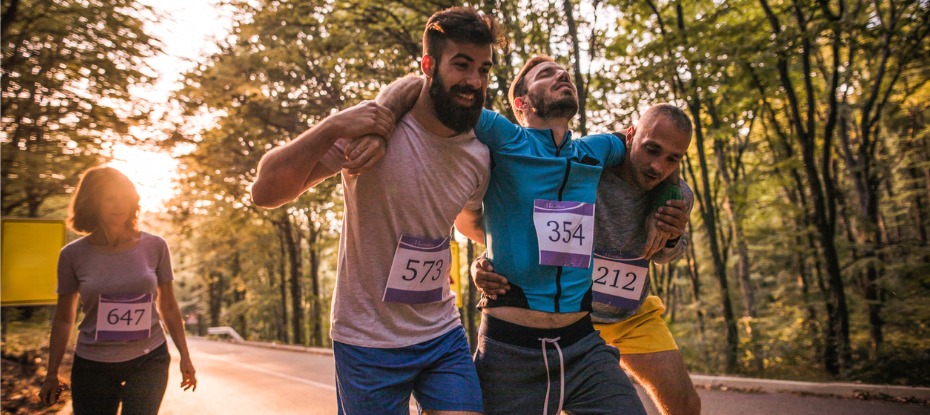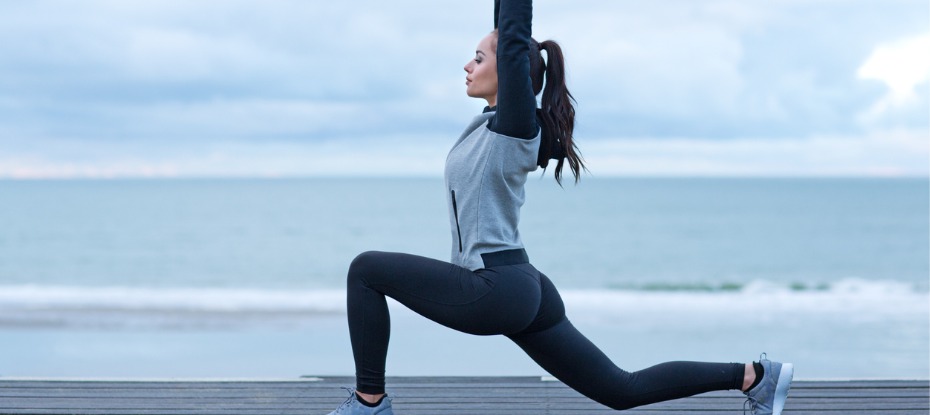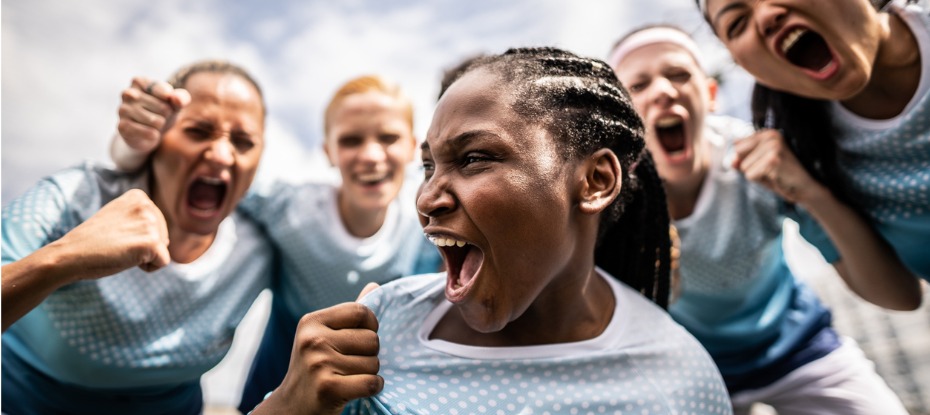
Exercise and playing sports are essential to staying fit and healthy. But playing sports can also cause injuries that disrupt physical activity and everyday life. Whether you’re a weekend golf hacker or a daily sporting fanatic, there are measures you can take to minimise the risk of a sporting injury. Read on!
Injury Prevention Strategies
The most common sporting injuries include fractures, sprains, strains, dislocations, and tendinitis. The body parts most likely to get injured during physical activity are the shoulder, elbow, knee, leg, and ankle. An injury can be acute, where the pain is sudden and severe, and swelling or bruising is evident, which occurs when the impact force is greater than the body can withstand. A chronic injury is due to overuse, so there is pain when you play or exercise, and swelling and dull aches are present afterwards.
Prevention is better than cure when it comes to sporting injuries. Luckily, players can avoid injuries by undertaking a few simple measures.
Warm-up
Warming up before exercise increases the heart rate and blood flow, providing more oxygen to the muscles. The oxygen helps muscles contract and relax to perform more strenuous tasks. You can also prepare the heart muscle during warm-up, so it’s less likely to be strained during physical activity.
We tend to leave stretching on the side, but it's just as important as exercising. Making it part of the warm-up increases short- and long-term flexibility. Performing certain movements when the muscles aren’t warm can lead to injury, so stretching the body should happen towards the end of the warm-up.
By warming up, you’re also activating the nerve and muscle connections, which improve movement. The warm-up gives your mind time to think about what you need the body to do.
How to Warm-up
A good warm-up consists of light cardio exercise and stretching, however, it will depend on the type of physical activity you’re about to do and considering the environmental circumstances. Under colder weather conditions, you should have a slightly longer warm-up period than under warmer weather.
For general fitness exercises towards broad goals of overall health and well-being, rather than narrow goals of sports competition or larger muscles, you may only need a 5-10 minute warm-up.
Warming up before a long, physical sporting game requires a longer warm-up geared towards the specific sport. Target the bigger muscles simultaneously by making large circles or swinging your arms back and forth as you walk. Then focus on the smaller muscle groups you’ll be using during the practice and jump into the sporting activity you’ll be doing at a slower pace. Finish with a stretch of the major muscle groups, including the hips, calves, thighs, chest, shoulders, and glutes.
Cool-down
Cool-down is an essential component of staying injury-free. Stretching the muscles while they are still warm reduces the lactic acid build-up and the risk of muscle cramps and stiffness. By stretching after physical activity, you can elongate the connective tissue around the joints, helping to increase mobility and range of motion.
By allowing the body to cool down gradually, you keep the blood circulating so it doesn’t pool inside the veins and reduces the risk of fainting and dizziness.
How to Cool-down
Similar to a warm-up, the time spent cooling down will depend on the length of the physical activity. Allow approximately 10 minutes of cooling down time for every hour of physical activity. Go for a light jog or walk and focus on breathing from your diaphragm to slow your heart rate and lower your blood pressure. Stretch the muscle groups you’ve used with long, slow stretches. Reduce the intensity of activity gradually as the cool-down progresses. A proper cool-down can speed up recovery time after physical activity.

Strapping
Taping and strapping can help prevent injuries while playing sports. The tape or strap, such as Elastoplast, helps prevent the joint from moving too far in one direction in a risky range of motion. The Journal of Science and Medicine found ankle sprains decrease by around 70% when using preventative taping. As with everything, there are downsides to taping, especially when used long-term, as an athlete can become reliant upon the tape providing joint support. Instead, tape is best used when a player returns from an injury.
Rest Days
Many sporting injuries occur due to overuse. Players can reduce their risk of an injury by not over-training and having rest days between their training and playing days. Rest allows muscles to heal and grow stronger, so the same activity requires less effort in the future.
Many sports are played in the winter or summer season, so the body isn’t playing for more than six to nine months of the year. Players are encouraged to take up another sport during the off-season to work different muscle groups.
Choose Your Sport
While the sport's popularity can skew the number of injuries recorded, some sports are more prone to causing injury than others. Contact and collisions with other players, such as in AFL and soccer, are likely to cause blunt trauma and orthopaedic injuries, while netball causes more ankle and knee sprains and shin splints. Sometimes, amateur players can avoid an injury by changing sports and stopping overusing a body part.
Why It’s Important to Avoid Sporting Injuries
Avoiding sporting injuries as much as possible means sidestepping the cost of GP and physio appointments. And in the case of serious injuries, it's an operation or hospital stay that you'd be evading. Moreover, for people with no paid sick leave or life insurance cover, an injury on the sporting field can result in much larger financial pain due to time off work.
On another note, sitting on the sideline for weeks or the whole season can be detrimental to some people’s mental health. Missing out on playing the sport they love or the cortisol hit that exercise provides can cause low mood or depression.
A serious injury can also make it difficult to return to the sport. A broken bone or scarring of soft tissue can mean that part of the body is never quite as strong or as flexible as it used to be. This can hamper a person on the sporting field, their work, or other activities.
Injuries shouldn't be considered in isolation because of the cumulative effect of multiple injuries. Multiple soft tissue injuries sustained during the teenage and early adulthood years can result in chronic pain, dysfunction, and repeated injuries in the later years of adulthood. Major surgery such as a knee reconstruction may be necessary later in life due to the injuries and additional wear and tear years of sport have caused. Conditions such as traumatic osteoarthritis and cognitive impairment will impact a person’s quality of life later on.
Benefits of Playing Sport

Considering how detrimental sporting injuries can be, it’s a wonder anyone plays any high-risk sports. While injury can be a major downside of playing a sport, there are so many upsides to the sport. On a health level, cardiovascular fitness increases with physical activity, and the risk of obesity, diabetes, and stroke diminishes. Being physically active as a child and teen results in healthy growth of bones, muscles, tendons and ligaments. Having sports and fitness goals means teens and adults are more likely to make and maintain healthy lifestyle decisions, such as choosing not to smoke or vape, limiting alcohol consumption, and adopting a healthy diet.
Playing sports and being physically active offers several mental health benefits. The research found high school students who play organised contact or collision sports display fewer anxiety and depressive symptoms than students who play no or limited contact sports.
Sports participation at all ages provides an opportunity for social engagement. Sport gets people out of the house, encourages meeting new people, and improves their quality of life. There is strong scientific evidence of the social benefits that sport provides.
Injury prevention is a key component of long-term athletic success and overall well-being. An extras cover policy can assist with the cost of physiotherapy or other special services to help prevent and recover from sporting injuries. If you aren’t sure of the services that can help your situation, talk to your GP or contact us here.